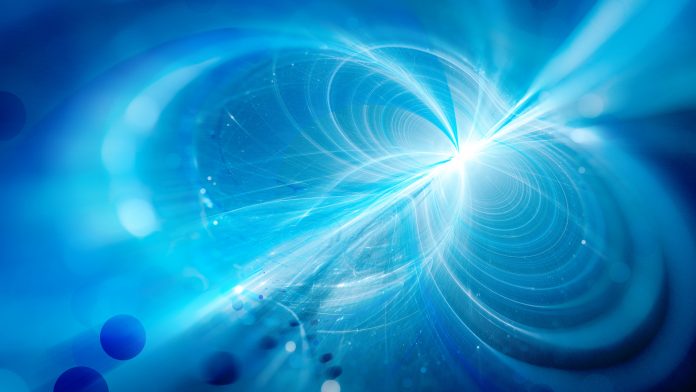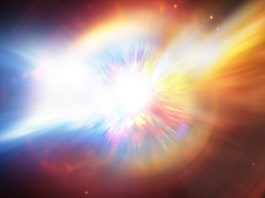Scientists have developed an effective computational method to simulate the crazy-quilt movement of free electrons during experimental efforts to harness on Earth the fusion energy power that drives the sun and stars.
Stimulating fusion energy
The method was developed by a research team at the US Department of Energy’s (DOE) Princeton Plasma Physics Laboratory (PPPL) and cracks a complex equation that can enable improved control of the random and fast-moving electrons in the fuel for fusion energy.
Fusion energy is produced by combining light elements in the form of plasma. The hot, charged gas is composed of free electrons and atomic nuclei, or ions, and make sup 99% of the visible universe. Scientists world-wide are seeking to reproduce the fusion process to provide a safe, clean and abundant power to generate electricity.
Solving fusion energy equation
Researchers attempted to develop fusion energy on doughnut-shaped devices known as tokamaks. These devices confine the plasma in magnetic fields to solve the equation that describes the motion of free-wheeling electrons as they collide and bounce around. However, standard methods for simulating this motion (known technically as pitch-angle scattering) have proven unsuccessful due to the complexity of the equation.
A successful set of computational rules, known as an algorithm, would solve the equation, while conserving the energy of the speeding particles. “Solving the stochastic differential equation gives the probability of every path the scattered electrons can take,” said Yichen Fu, lead author of the paper and a graduate student from PPPL.
Such equations needed to determine fusion energy yield a pattern that can be analysed statistically but not determined precisely. The accurate solution describes the trajectories of the electrons being scattered. “However, the trajectories are probabilistic, and we don’t know exactly where the electrons would go because there are many possible paths,” Fu said. “But by solving the trajectories we can know the probability of electrons choosing every path and knowing that enables more accurate simulations that can lead to better control of the plasma.”
This knowledge has improved guidance for fusion energy researchers who pump electric current into tokamak plasmas to create the magnetic field that confines the superhot gas. Another benefit is better understanding of the pitch-angle scattering on energetic runaway electrons that pose danger to the fusion devices.
Assessing the evidence
These findings provide rigorous, mathematical proof of the first working algorithm for solving the complex equation. “This gives experimentalists a better theoretical description of what’s going on to help them design their experiments,” said Hong Qin, principal research physicist, and a co-author of the paper. “Previously, there was no working algorithm for this equation, and physicists got around this difficulty by changing the equation.”
The study represents the research activity in algorithms and applied math of the recently launched Computational Sciences Department (CSD) at PPPL and expands on an earlier paper co-authored by Fu, Qin and graduate student Laura Xin Zhang, another co-author of this paper. Thus, while that work created a novel energy-conserving algorithm for tracking fast particles, the method did not incorporate magnetic fields and the mathematical accuracy was not rigorously proven.
The CSD, founded this year as part of the Lab’s expansion into a multi-purpose research centre supports the critical fusion energy sciences mission of PPPL and serves as the home for computationally intensive discoveries. “This technical advance displays the role of the CSD,” Qin concluded. “One of its goals is to develop algorithms that lead to improved fusion simulations.”








